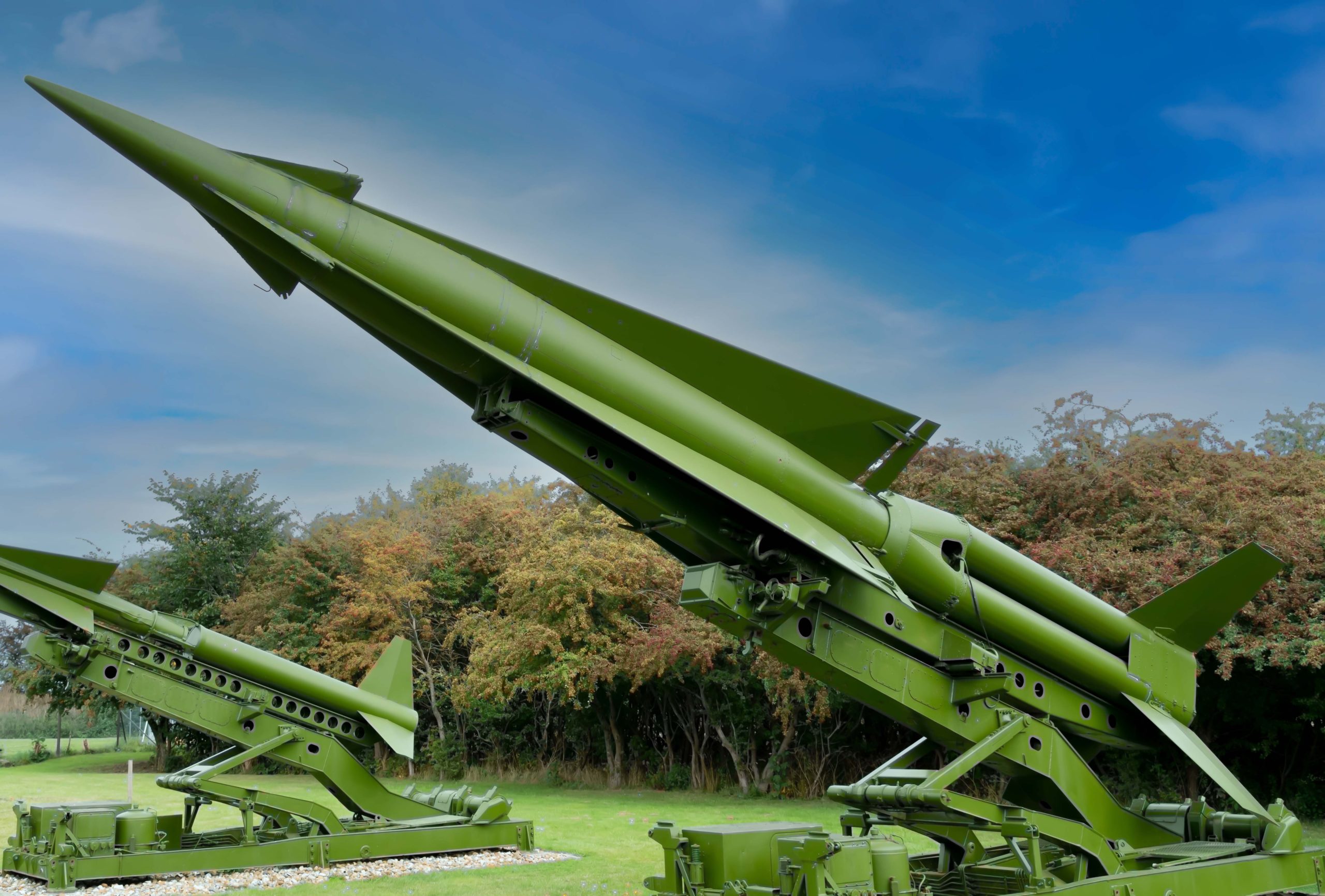How Will the US Rearm After Ukraine?
Weapons are a limited resource, and it takes time to produce more. How will we replace the ones we sent to Ukraine?

The U.S. decision to arm Ukraine in response to Russia’s invasion has revealed and worsened vulnerabilities in its defense-industrial base that could leave the U.S. perilously exposed in a confrontation with China in the Indo-Pacific. As U.S. stockpiles deplete, the defense industry is struggling to both replace existing inventories and develop new weapons for future warfighting capabilities. These developments have grave implications for deterrence in the Indo-Pacific.
Consider the delayed production of the Stinger anti-aircraft missile systems that would be critical in a potential defense of Taiwan. After having supplied over 1,400 missiles to the Ukrainians, the U.S. is struggling to replace them, as missing components challenge defense-industry supply chains. As a result, Taiwan now expects its own deliveries to be delayed. It is estimated that it would take a minimum of five years to replace the parts, which coincides with the “Davidson window”—the period during which a top U.S. naval commander predicted China would invade Taiwan. What is more, the missing components of the Stinger missiles might need to be redesigned, which would extend the production time even longer.
While Javelin anti-tank weapons could plausibly be produced more numerously and rapidly to replace the ones sent to Ukraine, they would not play the same role as Stinger missiles in deterring a Chinese invasion of an island nation such as Taiwan. In the event of an amphibious invasion of Taiwan, an aerial bombardment of the island likely will have been necessary before any tanks and troops could land. If Chinese tanks and troops arrive on Taiwanese shores, it will have meant the catastrophic failure of multiple levels of U.S. deterrence and Taiwanese defenses.
Subscribe Today
Get daily emails in your inbox
America’s struggle to replace Stinger missiles is only one example of the deep-seated problems facing the U.S. The Biden administration is struggling to articulate a consistent strategy that includes both countering China in the Indo-Pacific and entangling the U.S. in an open-ended proxy conflict with Russia over Ukraine. The pandemic-related disruptions to the U.S. defense industry, a relative lack of serious competition, and decades of U.S. outsourcing and deindustrialization have been further exacerbated by U.S. arms shipments to Ukraine. As Russia’s failed blitzkrieg devolves into a drawn-out war of attrition in the Donbas, Ukraine has become increasingly reliant on U.S. arms that have become scarcer and harder to replace. As arms stockpiles dwindle and defense companies struggle to replenish them, persistent inflationary pressure will likely introduce additional complications for the defense industry.
So far, domestic public discourse on the impact of the Ukraine war on Beijing’s Taiwan calculations have focused on the “lessons” the Chinese political and military leadership are supposedly learning from Russian failures in Ukraine. Some are suggesting those failures could deter a Chinese invasion of Taiwan. It is more likely that Beijing is closely watching the Ukraine war, and witnessing what it reveals about the U.S.’s ability to produce and innovate the critical defense systems that would be central to fighting and winning the high-tech, large-scale conventional warfare the Pentagon is supposed to have as its top priority. On Taiwan, Beijing has also likely noted the increasing probability that Ukrainian counteroffensives against the Russian invasion will stall or even reverse unless the U.S. and its allies continue sending more arms.
These developments occur at a time when China is building out a blue water navy, including a third aircraft carrier that launched in June 2022. China continues to develop high-tech weapons at a fraction of the speed and cost of the U.S., which is struggling to accelerate its own high-tech-weapons development. As U.S. mission creep continues in Ukraine and Washington expands its stated war aims from helping Ukrainians defend their own territory to seeking a permanently “weakened” Russia, America’s ability to deter Chinese aggression and maintain the balance of power between the U.S. and China in the Taiwan Straits is significantly weakened. If Taiwan is lost and the balance of power in the Indo-Pacific overturned while Washington’s attention is diverted, the final tragic irony will be that it only occurred after the U.S. effectively outsourced its industrial capacity to China.